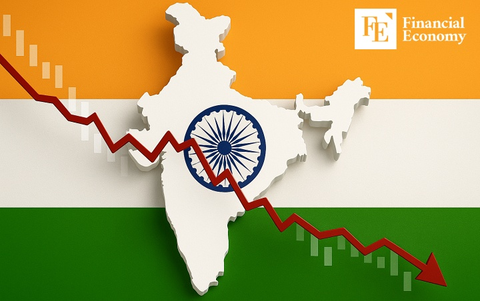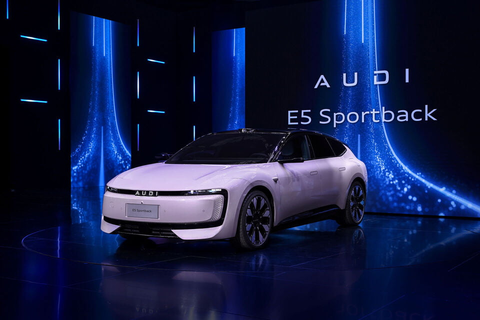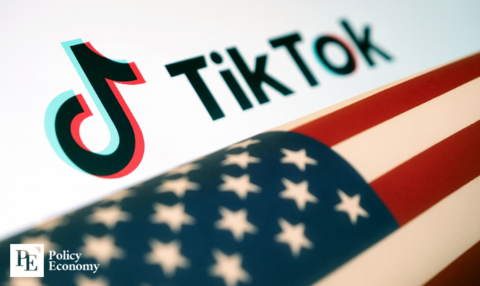"Block China's Technological Rise": U.S. Clamps Down on Nvidia’s H20 Chip Exports
Input
Modified
NVIDIA's H20 Chip Blocked from Export to China Chinese Tech Firms Rapidly Grew on H20 Backbone Now Developing Lithography Tools to Cut NVIDIA Dependency

In a bold move to curb China's growing edge in cutting-edge technology, the United States has imposed new restrictions on the export of Nvidia’s advanced H20 chip to Chinese firms. As Beijing continues to ramp up its technological capabilities, especially in the realm of artificial intelligence (AI), Washington has responded by tightening the flow of high-performance hardware that has become foundational to China's digital ambitions.
U.S. Turns Off the Tap: Full-Scale Restrictions on the H20
Nvidia revealed on April 15 that the U.S. government had notified the company earlier in the month—on April 9—that it would now need formal government authorization to export the H20 chip to China. Just days later, on April 14, Nvidia received word that these restrictions would be indefinite. U.S. officials are concerned the chip might be deployed in Chinese supercomputers, systems that could enhance the country's military and strategic computing capabilities.
The H20 is the most powerful AI chip that Nvidia can legally supply to China. With its advanced high-speed memory and efficient chip interconnectivity, it’s particularly suited for building large-scale AI systems and supercomputers. Though not as powerful as Nvidia’s latest Blackwell chip, the H20 still includes the high-bandwidth memory (HBM) found in Blackwell models, enabling it to deliver strong performance.
However, the restrictions are expected to hit Nvidia hard. The company estimates a $5.5 billion loss (approximately 7.86 trillion KRW) for the first fiscal quarter (February to April), largely due to inventory write-downs, outstanding purchase agreements, and provisioning costs. The fallout may also extend to other players in the semiconductor supply chain, particularly South Korean firms like SK Hynix, which supplies HBM for the H20 and may face long-term sales declines.
China’s AI Ambitions and the H20 Dependency
At the heart of these restrictions lies the remarkable growth of Chinese tech giants—growth that has, in part, been fueled by the H20 chip. According to tech outlet The Information, companies like Alibaba, Tencent, and ByteDance ordered H20 chips worth an estimated $16 billion (22.8 trillion KRW) in just the first quarter of 2025. Amid speculation that H20 would soon be added to Washington's export control list, these firms scrambled to stockpile the chips.
One standout example is Chinese AI startup DeepSeek, which has shaken up the market with its low-cost, high-performance AI model “R1”—a model reportedly built using Nvidia’s H20. After R1's release, a growing number of Chinese firms adopted DeepSeek’s architecture, sending H20 demand soaring and leading to a widespread shortage.
The pressure on supply chains became so severe that H3C, China’s largest server maker, issued a warning in late March about a looming H20 shortage. “The international supply chain for the H20 is facing significant uncertainty, and our current stock is nearly depleted,” H3C stated. The company cited ongoing geopolitical tensions between the U.S. and China as key drivers of instability, noting that the next batch of H20 chips wouldn’t arrive until mid-April at the earliest.

Forging Ahead: China’s Push for Chip Independence
Despite the mounting export restrictions, questions remain about their long-term impact on China. In recent months, Chinese firms have accelerated efforts to reduce their reliance on Nvidia by developing domestic alternatives. A prime example is Ant Group, an Alibaba affiliate, which is now building its new AI model “LingPlus” using chips reportedly developed by Huawei. While the specific chip hasn’t been publicly confirmed, many in the industry believe it to be Huawei’s Ascend 910—the same chip previously used in DeepSeek’s R1 model.
China is also breaking into the last stronghold of semiconductor manufacturing: lithography equipment. These machines are essential for etching microscopic circuits onto silicon wafers and are currently dominated by Dutch company ASML. While the U.S. and its allies have barred EUV (extreme ultraviolet) lithography machines from being exported to China since 2019—and are gradually expanding controls on older DUV (deep ultraviolet) models—Chinese firms are now responding with homegrown innovations.
At the Semicon China expo held in Shanghai last month, Chinese semiconductor equipment maker SiCarrier unveiled its first domestically developed DUV lithography system. Meanwhile, Huawei has taken its ambitions even further, announcing that it has built its own EUV lithography machine and plans to begin trial production by the third quarter of this year. The company has already outlined a roadmap to start mass production using this technology by next year.
If these plans materialize, China’s reliance on Nvidia’s H20 and other foreign chips could decrease dramatically. With a growing domestic ecosystem covering chip design, AI model development, and now even lithography equipment, Beijing’s path to semiconductor self-reliance appears increasingly viable. As the technology race between the U.S. and China intensifies, the global chip landscape is being reshaped before our eyes.





















